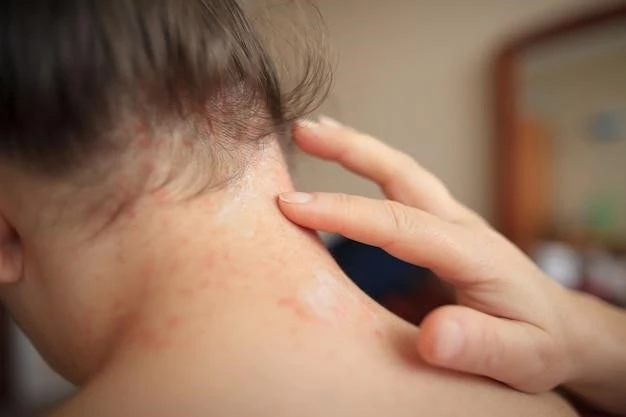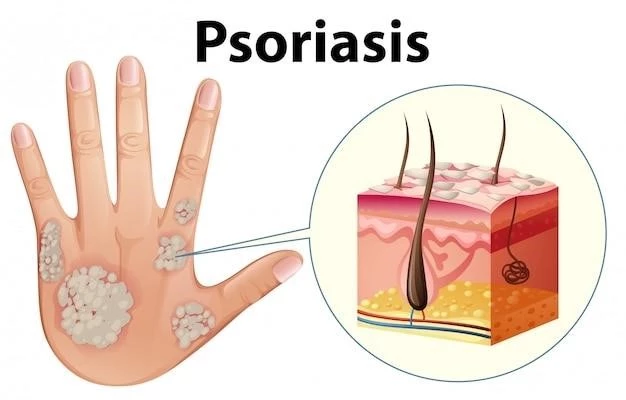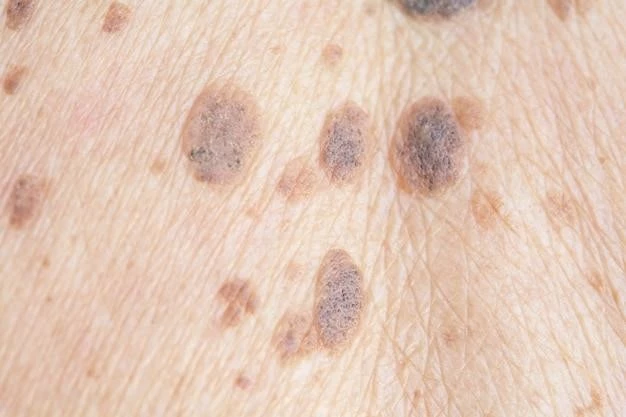Introduction to Staphylococcal Scalded Skin Syndrome
Staphylococcal scalded skin syndrome (SSSS), also known as Ritter von Ritterschein disease, is a superficial blistering skin disorder caused by Staphylococcus aureus.
Definition and Overview
Staphylococcal scalded skin syndrome (SSSS) is a superficial blistering skin disorder caused by exfoliative toxins of Staphylococcus aureus. It manifests as acute exfoliation of the skin, commonly affecting infants, children, and immunocompromised adults.

Clinical Presentation of Staphylococcal Scalded Skin Syndrome
Staphylococcal scalded skin syndrome (SSSS) is a superficial blistering skin disorder caused by Staphylococcus aureus. It manifests as acute exfoliation of the skin, commonly affecting infants and children.
Symptoms and Signs
Staphylococcal scalded skin syndrome presents with redness, blisters, fever, and pain, primarily affecting infants, children, and immunocompromised individuals. The skin may show signs of exfoliation and denudation caused by Staphylococcus aureus toxins.
Causes and Risk Factors
Staphylococcal scalded skin syndrome is caused by exfoliative toxins produced by certain Staphylococcus aureus strains. It commonly affects infants, children, and immune-compromised individuals.
Staphylococcal scalded skin syndrome (SSSS) is primarily caused by the exfoliative toxins produced by Staphylococcus aureus strains. This bacterial infection leads to the characteristic symptoms of skin blistering, peeling, and inflammation. SSSS commonly affects vulnerable populations such as infants, children, and immunocompromised individuals.
Bacterial Infection
Staphylococcal scalded skin syndrome results from an infection with Staphylococcus aureus releasing exfoliative toxins, leading to skin blistering and peeling. This bacterial infection is particularly impactful in vulnerable populations, such as infants, children, and immunocompromised individuals.
Clinical Appearance and Histopathology
Staphylococcal scalded skin syndrome is characterized by widespread fluid-filled blisters, thin-walled and easily ruptured, often accompanied by a positive Nikolsky’s sign. Histopathologically, the disease presents exfoliation of the epidermis due to Staphylococcus aureus exotoxins affecting the skin layers. The condition, commonly seen in infants and children, can have systemic symptoms such as malaise, fever, irritability, and skin tenderness.
Treatment for Staphylococcal scalded skin syndrome involves administering antibiotics to eliminate the Staphylococcus aureus infection, along with proper skin care to prevent secondary infections and aid in skin healing.
Antibiotics and Skin Care
Treatment for Staphylococcal scalded skin syndrome involves a combination of antibiotics to target the Staphylococcus bacteria causing the infection and meticulous skin care to prevent further complications and promote skin healing. Proper wound management is crucial in minimizing the risk of secondary infections.
The prognosis for Staphylococcal scalded skin syndrome varies, with potential complications including secondary infections, scarring, and systemic involvement. Early diagnosis and appropriate treatment are crucial in improving outcomes and reducing risks associated with this condition.
Potential Outcomes and Risks
Staphylococcal scalded skin syndrome carries potential risks, including secondary infections, scarring, and systemic complications. Early diagnosis and appropriate management are key in improving the prognosis and minimizing the risks associated with this condition.
Recommendations and Guidelines
To prevent Staphylococcal scalded skin syndrome, practicing good hygiene, especially handwashing, and ensuring proper wound care are essential. Additionally, early identification and treatment of Staphylococcus infections can help prevent the development of this condition. Following recommended vaccination schedules and avoiding close contact with individuals who have skin infections can also aid in prevention.
Staphylococcal scalded skin syndrome prevalence varies, affecting mainly infants, young children, and individuals with weakened immune systems or renal issues. Understanding the epidemiology of this condition is crucial for implementing preventive measures and enhancing clinical management strategies.
Management in specific populations
Staphylococcal scalded skin syndrome primarily affects infants, children, and immunocompromised adults. Management involves prompt diagnosis, antibiotics, and meticulous skin care tailored to each population group.
Infants, Children, and Immunocompromised Adults
Staphylococcal scalded skin syndrome primarily affects infants, children, and immunocompromised adults, often presenting with fever, irritability, and widespread skin peeling. Prompt diagnosis and tailored treatment are essential for managing this condition in these specific populations.
Research on Staphylococcal scalded skin syndrome focuses on understanding the role of exfoliative toxins in disease development and identifying novel treatment strategies to enhance patient outcomes.
Advancements in Understanding and Treatment
Ongoing research into Staphylococcal scalded skin syndrome focuses on enhancing the understanding of exfoliative toxins’ role in disease pathogenesis and developing innovative treatment modalities to improve patient care and outcomes.
Potential Negative Outcomes
Complications associated with Staphylococcal scalded skin syndrome may include secondary infections, scarring, and systemic consequences. Vigilance and prompt intervention are crucial in managing these risks.
Staphylococcal scalded skin syndrome is more prevalent in infants, children, and individuals with compromised immune systems. Understanding the demographics and risk factors associated with this condition is essential for effective prevention and management strategies.
Staphylococcal scalded skin syndrome is more prevalent in infants, children, and individuals with compromised immune systems. Understanding the demographics and risk factors associated with this condition is essential for effective prevention and management strategies.
Epidemiological Considerations
Staphylococcal scalded skin syndrome is more prevalent in infants, children, and individuals with compromised immune systems. Understanding the demographics and risk factors associated with this condition is essential for effective prevention and management strategies.
Case Studies and Clinical Experiences with Staphylococcal Scalded Skin Syndrome
Real-Life Scenarios and Observations
Staphylococcal scalded skin syndrome (SSSS) predominantly affects infants, children, and immunocompromised adults, presenting as a serious skin condition caused by Staphylococcus aureus bacteria toxins. Early detection and appropriate treatment are vital in managing this challenging condition effectively.
Real-Life Scenarios and Observations
Staphylococcal scalded skin syndrome (SSSS) affects primarily infants, children, and occasionally immunocompromised adults. The condition involves blistering and peeling skin, often leading to systemic symptoms and requiring prompt medical intervention for effective management.

Staphylococcal scalded skin syndrome (SSSS) is a serious condition primarily affecting infants, children, and immunocompromised adults, necessitating prompt diagnosis and tailored treatment for optimal outcomes.
Summary of Key Points
Staphylococcal scalded skin syndrome primarily affects infants, children, and immunocompromised adults, often presenting with fever, blistering, and peeling skin. Early recognition and appropriate treatment are crucial for managing this condition effectively.
